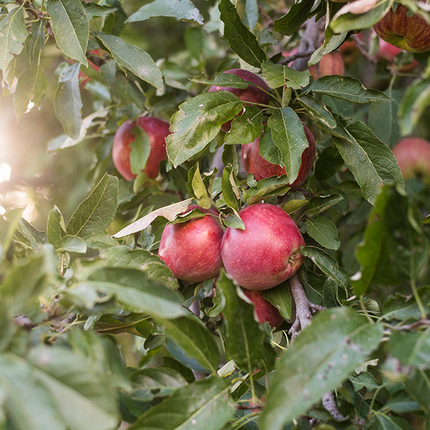For many years, farmers across the country have purchased crop insurance policies as a way to manage the risk of a yield or income loss. Crop insurance has stepped into the spotlight as the highest costing federal farm program, at about $8 billion per year.
Despite the size of the program, crop insurance has not been available for many types of crops. And, often, for certain crops such as fruits, vegetables, or small grains, coverage is available only on a regional basis.
A new product designed to address these concerns and expand coverage for farmers and ranchers is Whole Farm Revenue Protection (WFRP). Created by the 2014 farm bill, WFRP insures revenue of the entire operation rather than specific crops, and policies are based on revenue history.
This insurance option provides farmers and ranchers with coverage for a wide variety of farm products – ranging from corn and soybeans to fruits, vegetables, and livestock. Because WFRP is a revenue product, participating farmers can file a claim if their overall revenue for the year is lower than expected.
WFRP participation levels nationally have risen steadily since the program began in 2015, but were still low in Nebraska, so we took a look at trends in the state to investigate why farmers are slow to use this product.
In our latest report, “New option for farm risk management: Whole Farm Revenue Protection usage in Nebraska,” we share findings from workshops and surveys conducted with farmers and insurance agents.
The report shows that while some farmers, ranchers, and crop insurance agents are aware of the opportunities offered through WFRP, many more are unfamiliar with the policy and its potential benefits. There is a need for outreach and education to answer basic questions about WFRP to spur enrollment.





